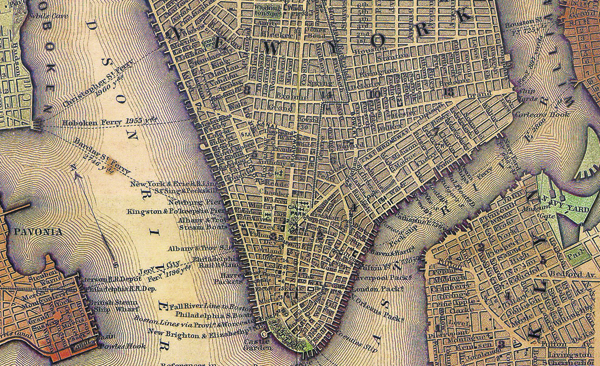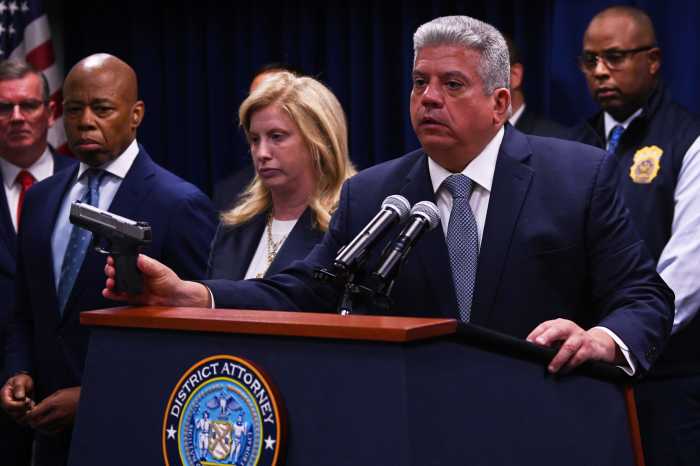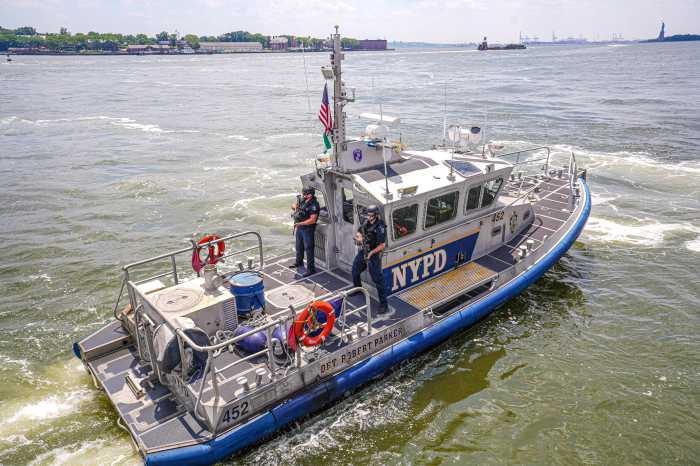
Downtowners are looking for new ideas to deal with the modern problems affecting New York City’s oldest neighborhood.
BY COLIN MIXSON
A host of Downtown pols fired off a letter to the city’s top transit official calling for a comprehensive traffic study of Lower Manhattan’s medieval street grid.
As the oldest parts of the city, dating back nearly 400 years, the Downtown area was designed for the horse-and-buggy era, and the narrow, disjointed streets have had a hard time keeping pace with the area’s sudden residential boom, according to state Sen. Daniel Squadron.
“It’s phenomenal that Lower Manhattan has grown and changed so much, but one thing that hasn’t changed is the street grid,” Squadron said. “Comprehensive planning and collaboration are a big part of continuing Lower Manhattan’s momentum.”
In calling on Department of Transportation Commissioner Polly Trottenberg to arrange the study, the politicians are throwing their weight behind Community Board 1 and the Fidi Neighborhood Association, two Downtown institutions that have made repeated calls for the city to seek solutions for dealing the area’s colonial-era streetscape, which they say contributes to a laundry list of quality-of-life issues, including lingering garbage piles and cramped sidewalks, in addition to traffic congestion.
The letter, which was also signed by Assemblymembers Yuh-Line Niou and Deborah Glick, Councilmember Margaret Chin, Congressman Jerrold Nadler, and Borough President Gale Brewer, cited a recently published real-estate report released by the Downtown Alliance that projects tremendous growth for the area in the coming years, including thousands of new residential units, 2.3 million-square feet of new retail space, and 4,000 new hotel rooms.
Lower Manhattan’s development boom is a sign of the area’s prosperity, but without a plan to bring the area’s traffic grid into the 21st century, it will become more a burden then a blessing, according to Niou.
“Lower Manhattan is a diverse community, increasingly attracting more and more families, industries, and visitors,” the assemblywoman said. “That is why it is critical that we look towards improving our street infrastructure to ensure our community can support all the activity and future growth here.”

































